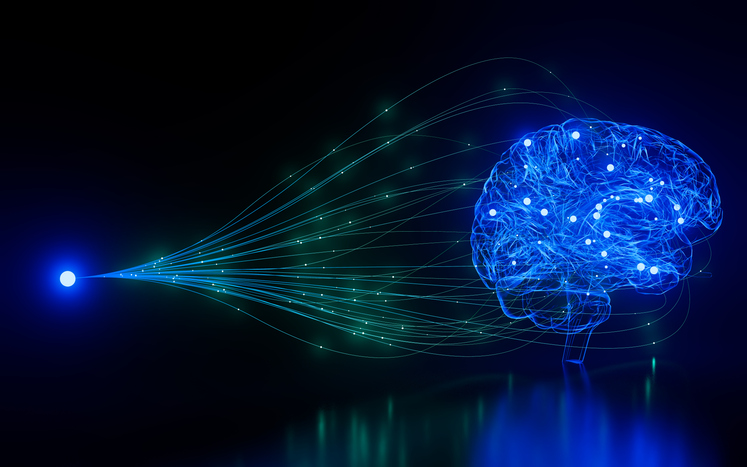
Deep learning model could improve periodontal disease diagnosis

A study has assessed the effectiveness of a deep learning model in assisting in the diagnosis of periodontal disease.
In the study, published in Scientific Reports, investigators used a limited collection of panoramic dental radiographs to evaluate whether a novel unsupervised few-shot learning algorithm could help classify periodontal disease. The model identified regions of interest on the radiographs, which were then processed through a convolutional variational autoencoder. The process allowed for the labeling of radiographs indicative of periodontal disease.
After the investigators compared the novel deep learning model with traditional supervised learning and standard autoencoder-based clustering, they found that the unsupervised few-shot learning algorithm improved diagnostic accuracy and efficiency — achieving up to 14% higher accuracy compared with standard approaches.
The findings suggested that the integration of the novel deep learning model could help clinicians overcome data limitations and enhance the diagnosis of periodontal disease using panoramic dental radiographs.
Read more: Scientific Reports
The article presented here is intended to inform you about the broader media perspective on dentistry, regardless of its alignment with the ADA's stance. It is important to note that publication of an article does not imply the ADA's endorsement, agreement, or promotion of its content.